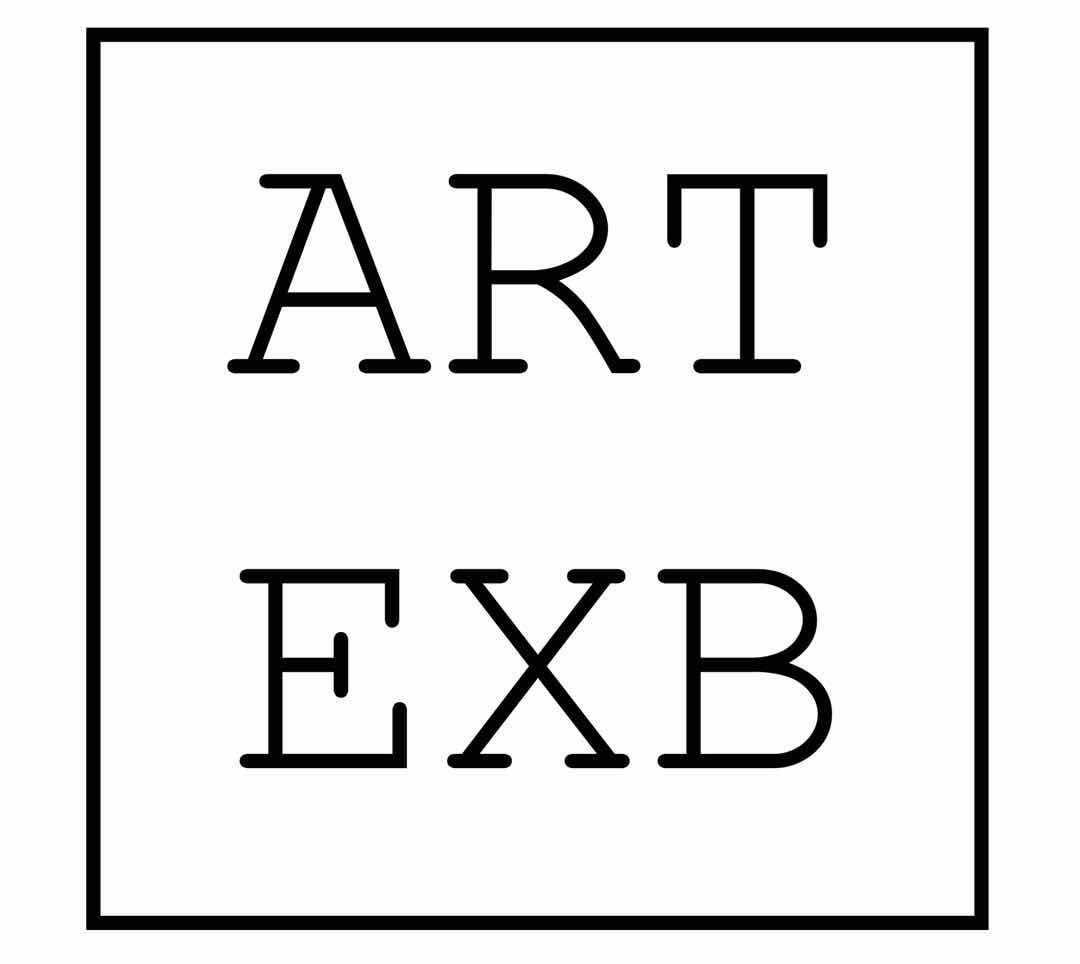看似因缘际会的讨论会背后,却有着几个方面的契合:中国媒体艺术的兴起、发生在关系美学之后的实验艺术、逐步趋同的艺术体制,乃至艺术家之间的直觉联系,都在不断地追问自身变革的原动力,探索着自身与外界相接连的方式,由此进一步实现了全球化的递进。
如第一次这些艺术家们相遇在上海和北京,在坪山美术馆,他们将再次相遇。回望是几十年各自前行交错的脚步,是吕胜中先生走过的村庄和中国的山河,汇集成「山水书房」的瞬间。是胡介鸣「一分钟的一百年」,当代艺术历史的动画。是汪建伟「生活在别处」的城市化变迁中,那些微不足道的人生。是邱志杰地图中的符号和能量。是徐文恺「柱」中那些不断被截取的算法瞬间。是芭芭拉•西格纳的「我不会让你的太阳落下」。
此次展览将会是“七个倒述的个人故事”,勾连着语言、地缘、知识的时间经历和递进的逻辑思维,都将在展览中形成美丽的珠串,自1938年罗曼•西格纳出生开始,到此时此刻。
——本文系节选,作者为策展人李振华
Between March and April of 1969, 69 artists from Europe and America showed their works in the exhibition When Attitudes Become Form. Artwork of all kinds of media (material and non-material) is like a dazzling flash, declaring the arrival of a new era, lasting till today.
One afternoon in March 1969, Roman Signer, a young man from the small Swiss town of Appenzell, was deeply excited and impacted by that exhibition and his mind was in a whirl. One year later, he decided to use gunpowder to push his work into a splendid yet dangerous situation, taking the affirmative message from When Attitudes Become Form as a fulcrum: everything must be in motion, ephemeral, and materiality and immateriality coexist.
This is also the new art form that most artists in the 1960’s were searching for. Being the youth who experienced World War II, their artwork is no longer limited to the internal confrontation and relevance of art, but draws inspiration from new country, order and boundary that desperately need building. All of this can be seen as the reflection on post-disaster reconstruction – Art intervenes in the expansion of media and materials, the psychological domain of daily life, and the shaping of social movements and human thought processes in a real sense. Everything must be new.
In the future and at the present time, under this logical framework, the story just begins.
Synchronicity (Synchronizität in German) is a concept coined by the Swiss psychologist Carl Gustav Jung (1875-1961) in the 1920’s, it describes the “Meaningful Coincidence” that indicates a seemingly meaningful connection between events that occur without causality. Jung believes that there are non-causal and meaningful connections between these seemingly non-causal events, which often depend on people’s subjective experience. The time of human existence is a continuous whole. Any moment of interception is also expanding into a path connecting the past and the future with the integration of the times, geography and information.
Qiu Zhijie was born in Zhangzhou, Fujian Province, in 1969, when Lv Shengzhong (born in Dayujishan Village, Shandong Province, in 1952), Hu Jieming (born in Shanghai in 1957), and Wang Jianwei (born in Sichuan Province in 1958) were already teenagers. More than a decade later, Barbara Signer was born in St. Gallen, Switzerland, in 1982; and Xu Wenkai was born in Xi’an in 1984.
The two lectures in Shanghai and Beijing in 2011 reconnected these people.
At the backdrop of the seemingly serendipitous seminars, there were several reasons for their encounters: the rise of Chinese media art, the experimental art scene developed after Relational Art, the gradually converging art system, and the intuitive connection among artists that are constantly questioning the driving force of their own change and exploring the way of connecting themselves with the outside world. All of which further realizes the progressive globalization.
Just like the artists’ first encounters in Shanghai and Beijing, here at the Pingshan Art Museum, they will meet again. Looking back at the different but interlacing routes taken by the artists over the past decades, there were the moments of Mr. Lv Shengzhong traveling through the villages and scenery in China that form the Landscape Library; One Hundred Years in One Minute, an animation of contemporary art history by Hu Jieming; the insignificant lives portraited in Wang Jianwei’s Living Elsewhere; the symbols and energy in Qiu Zhijie’s Map, the instantaneously intercepted algorithm in Xu Wenkai’s Column; and Barbara Signer’s I Won’t Let the Sun Go Down on You.
This exhibition will be the Flashback of Seven Personal Stories – language, geography, the temporal experience of knowledge and progressive logical thinking are linked together to form a string of beautiful beads, starting from the birth of Roman Signer in 1938 to this moment.
— excerpt, written by Li Zhenhua, curator of the exhibition

